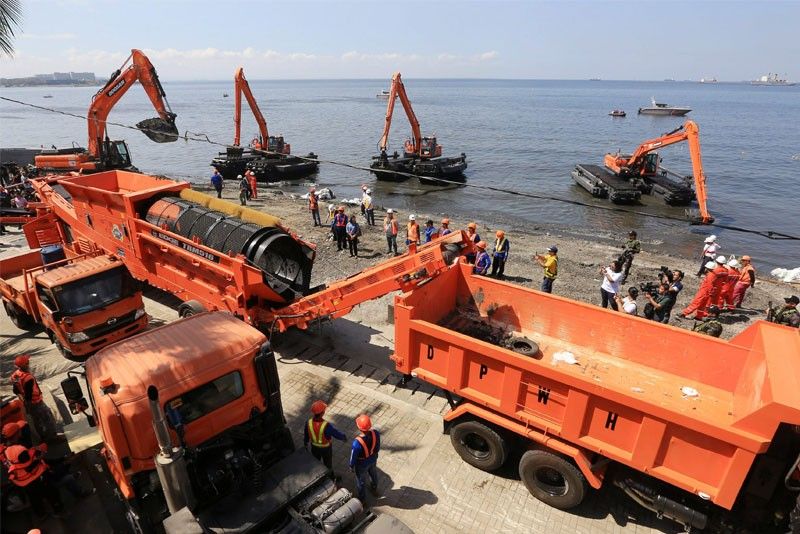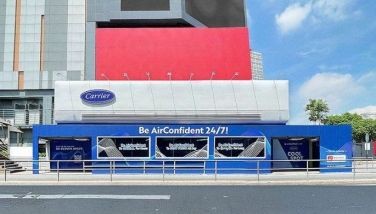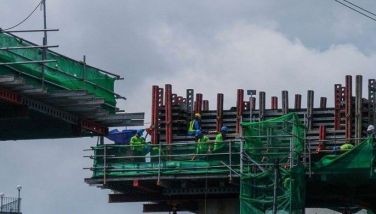DPWH starts desilting Manila Bay

MANILA, Philippines — The Department of Public Works and Highways (DPWH) is targeting to remove at least 225,000 cubic meters of silt from a 1.5-kilometer segment of Manila Bay’s shoreline within the year.
As the agency started desilting operations at Manila Bay yesterday, DPWH Secretary Mark Villar admitted they have no estimate of the quantity of silt buried underneath the bay’s waters.
For this year, the desilting program would cover the segment from the United States embassy to the Manila Yacht Club, up to a distance of 50 meters from the coastline and up to a meter deep, Villar said.
“Excavation will be the major mechanism for the removal of the accumulated pollutants in Manila Bay. Our Bureau of Equipment (BOE), regional and district engineering offices in Metro Manila deployed a total of 28 (pieces of) equipment and 50 personnel to operate 16 hours a day, six days a week,” he said.
Villar said this is “the biggest, if not one of the biggest” dredging projects ever undertaken by the DPWH.
Among the equipment used by the DPWH are three new amphibious excavators, two dumping scows and a debris segregator, which would separate soil from garbage. The trash would then be brought to a dump in Navotas.
Villar said they expect to collect up to 50 to 100 truckloads of silt a day, and may soon use a barge in order to have two options in bringing the garbage collected from the bay to the Navotas dump.
The agency is also planning to purchase a trash skimmer.
BOE director Toribio Noel Ilao said they divided the segment into five sectors, each between 200 and 300 meters long. Desilting one sector could take 90 to 120 days, he added.
Department of Environment and Natural Resources Secretary Roy Cimatu said the desilting operation is the second phase of their cleanup, which started on Jan. 27.
Cimatu and Villar also presented two waterproof remote-controlled sewer inspection cameras that can enter into the box culverts of the three main sewage outfalls that drain into the bay. The outfalls are located on Padre Faura and Adriatico streets and the Manila Zoo.
Cimatu said they would use the cameras to determine which establishments are illegally discharging waste into the bay.
The government also plans to install box culverts that would divert the flow of water from the outfalls to a water treatment facility that would be established near the Manila Yacht Club.
- Latest
- Trending



























